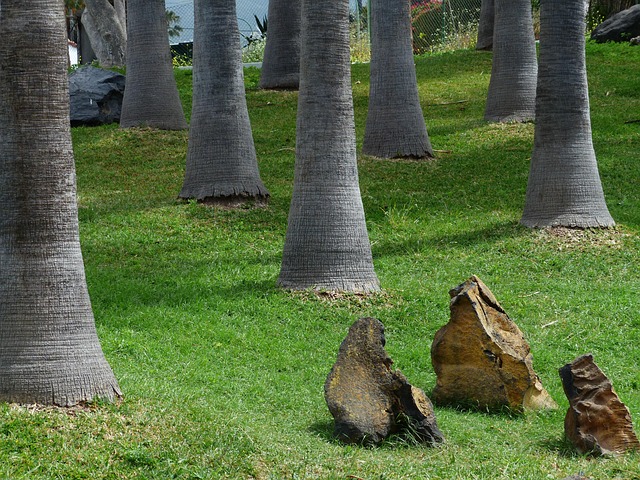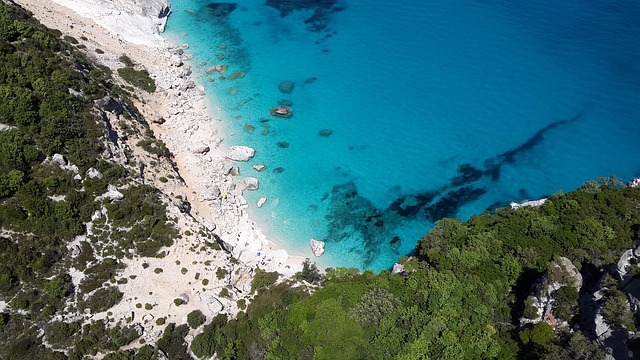【Archaeology】An Annotated WWII Underwater Archaeology Bibliography
With four decades of WWII underwater archaeology publications, the time is nigh to create a comprehensive bibliography and conduct an analysis of tren... [more]
With four decades of WWII underwater archaeology publications, the time is nigh to create a comprehensive bibliography and conduct an analysis of tren... [more]
The majority of Boston's residents are minorities. These minority residents confront the ongoing effects of racism, including the hard histories of e... [more]
Evaluating the role of milk production in prehistoric subsistence economies requires a better estimation of the capacity of a milk-oriented husbandry under prehistoric conditions. Weaning pattern, which is linked to the length of lactation, is an importan

Through time primeval Europe was transformed into a landscape where managed woodlands (forestis) became repositories for resources and wild woods (silva) were seen as being occupied by wild men, the savages. The importation into the New World of these att
Evolutionary ecological frameworks can give us new insights into the emergence of human adaptations such as language and cultural learning. There now exist several well-specified models of the social and ecological conditions in which the human capacity f
Models in evolutionary ecology have been applied to non-human decision making for decades. Archaeologists have been especially attracted to foraging models, because the evidence of past subsistence activities is a common component of the archaeological re
One of the keystones of the evolutionary ecological approach is the concept of energy budget, in which time and energy allocation is conceptually divided into somatic effort (growth, development and maintenance, and includes subsistence activities) and re
This paper presents a case study from the Canadian Arctic, in which the community context of an archaeological project has led to a re-thinking of a fundamental aspect of archaeological interpretation. Archaeologists are constantly confronted with the pro
Foraging theory is increasingly used as a framework to analyze prehistoric resource depression, or declines in prey capture rates that stem from the activities of foragers. Resource depression, with the resulting declines in foraging efficiency, appears t
The Pakbeh Regional Economy Program centered at the ancient Maya tradition center of Chunchucmil in Yucatan, Mexico, shifted research priorities from a processual program aimed at recovering indicators of ancient ethnic identification to a more community-
Substantial anthropogenic environmental change occurred in Remote Oceania following the first arrival of people at 3000 BP and their spread throughout the region by 700 BP. It included numerous faunal extinctions, widespread deforestation and the erosion
New Zealand provides one of the earliest examples of foraging theory applications to archaeological situations (Anderson 1981). Since this landmark study; significant developments over the last twenty years have led to an increasing number of detailed ana

The unique archaeological remains of Rapa Nui (Easter Island) in conjunction with its geographical position have led to a special interest in this place. What has become the orthodox understanding of the material remains, especially the famous large carve
The role of drought in the collapse of the ancient states of the Andean Middle Horizon has received a great deal of attention in recent years. The only Andean valley where both principal states of the time period, Wari and Tiwanaku, had established settle

This article offers an update on the long-standing debate on the causes and effects of Holocene erosion and alluviation in the Mediterranean lands. The contribution of Vita-Finzi (1969) has continued to be a positive stimulus to research, and its punctuat
Palaeoeskimo occupation history on western Victoria Island int he Canadian Arctic is inferred on the basis of the abundance of dwelling features according to elevation above sea level. The correlation between elevation above sea level and dwelling age is
Joyce Marcus has recently proposed a dynamic model for the ancient Maya state. in doing so she has emphasized the importance of spatiotemporal fluctuations between centralization and decentralization. Although this idea has obtained wide-ranging support,